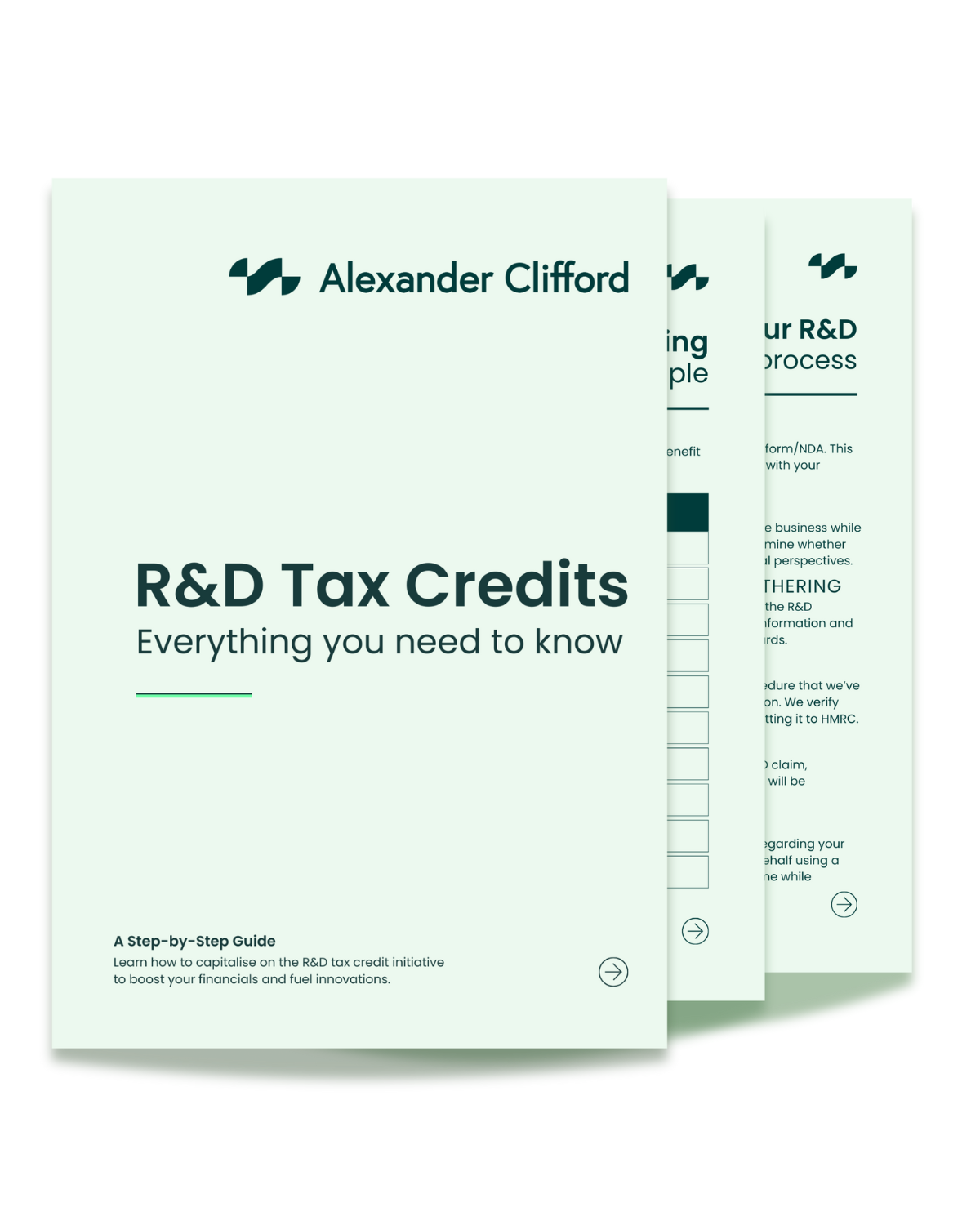What is the accounting treatment for R&D tax credits?
Under the SME scheme, R&D tax credits are simple to account for; they are non-taxable, meaning they only impact tax liability.
Under the RDEC scheme, R&D tax credits can be acknowledged as above the line in the accounts, resulting in your profit before tax. The financial boost received under the RDEC scheme is therefore subject to taxation.
Click here to learn more about accounting treatment for the SME and RDEC schemes.
If your accounting period begins on or after April 1st 2024, your claim will fall under the merged R&D tax credits scheme. Under the merged scheme, businesses can treat these credits as either of the following:
- A reduction in payable tax: the credit directly offsets tax liability
- A government grant: the credit is treated as profitable income across the course of the R&D project’s life, allowing it to reduce the expense
Please note that consistency and adherence to the accounting standards are a necessity.

